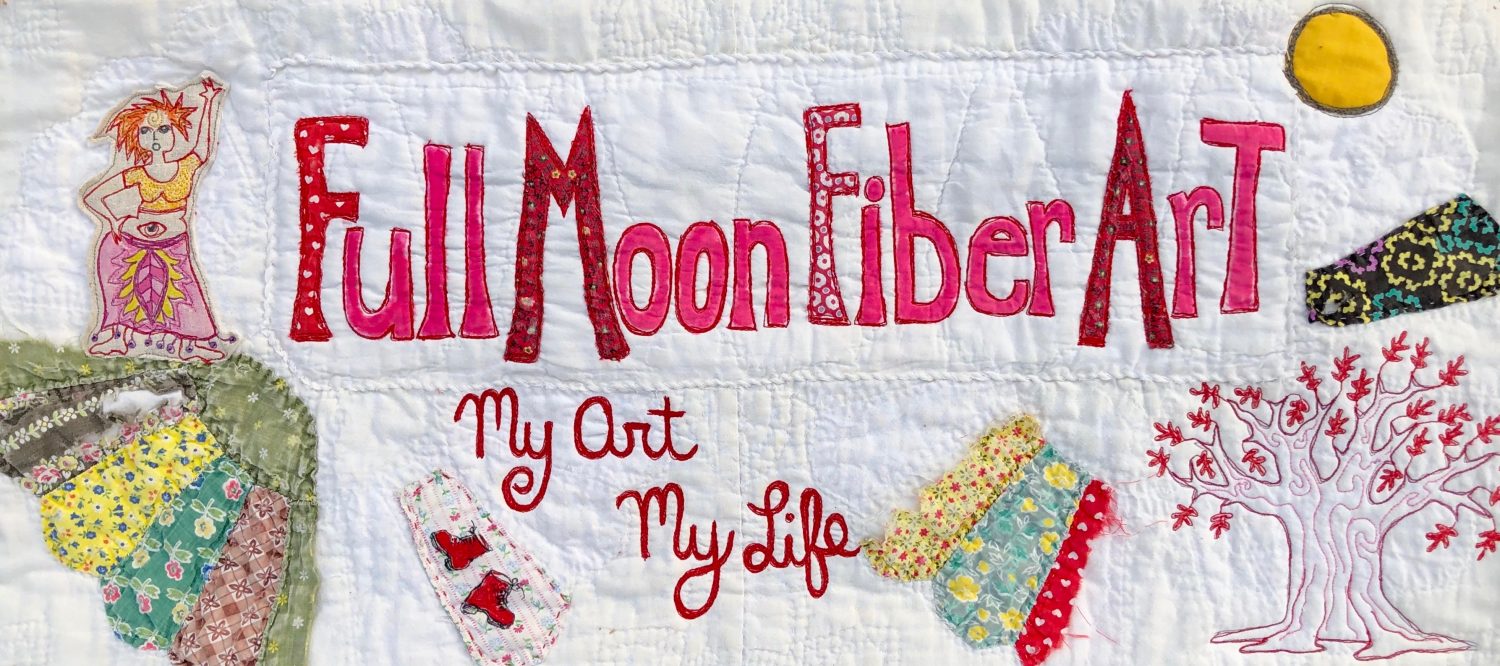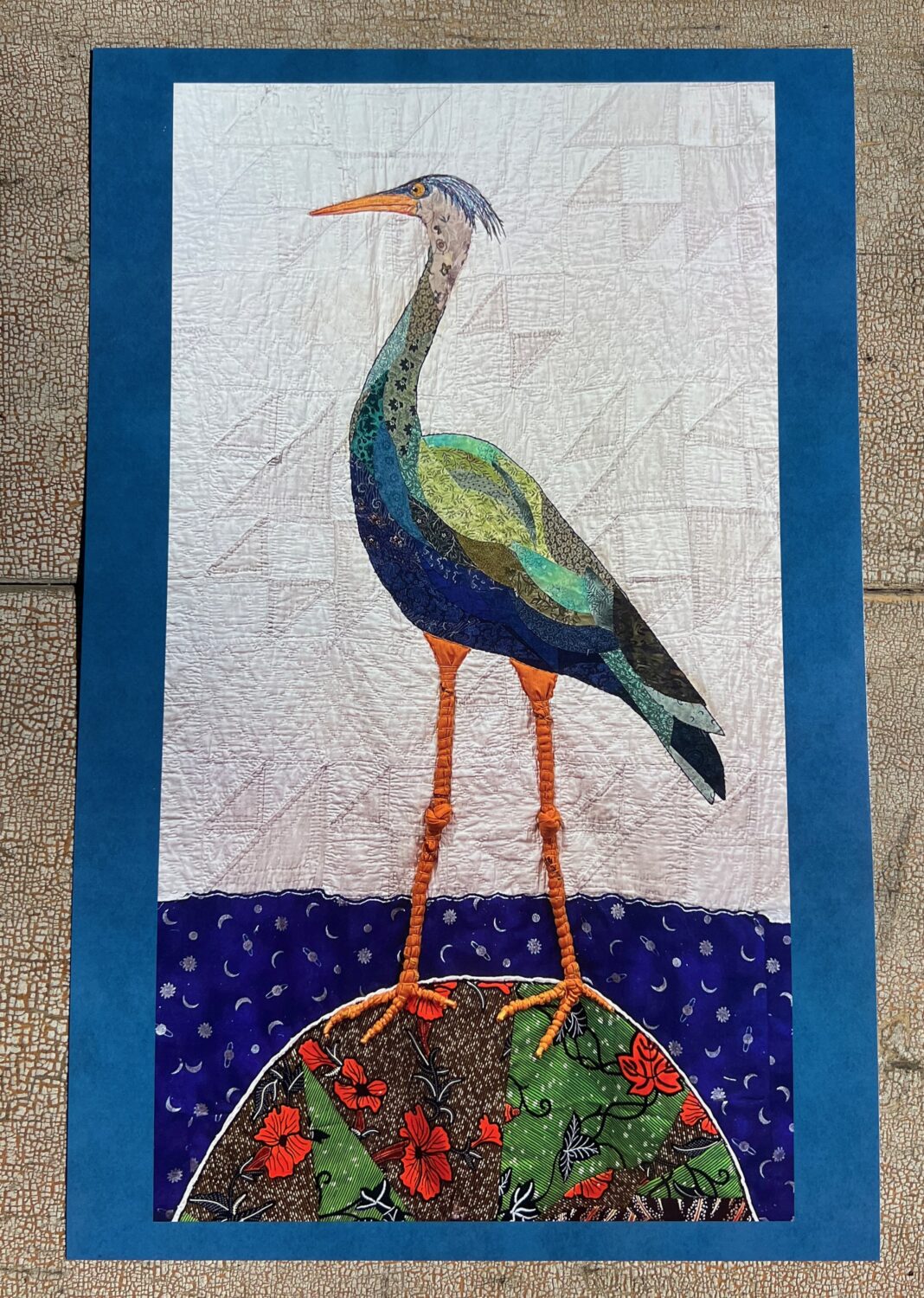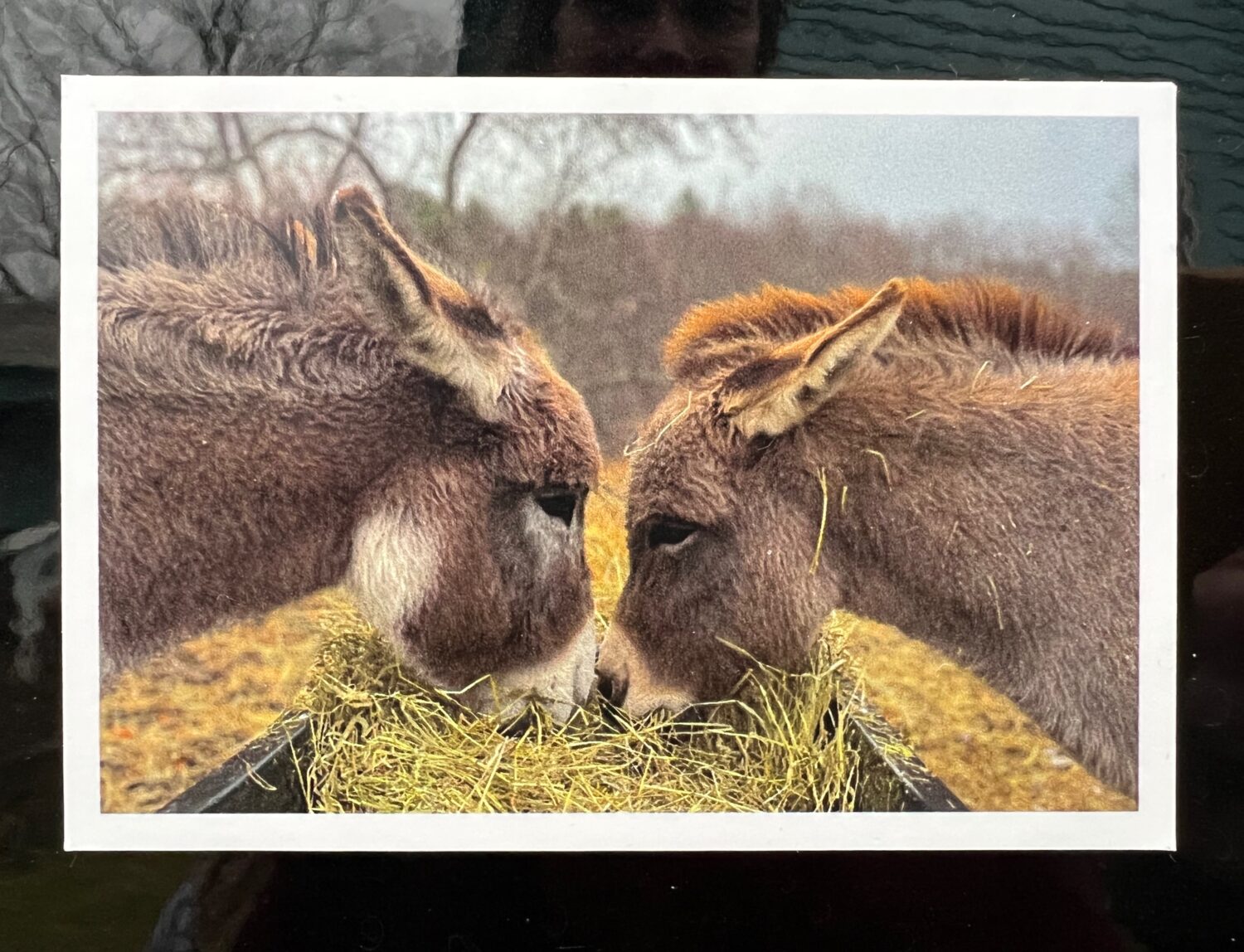
I saw the lilacs blooming along the road just outside of town weeks ago. They’re still blooming.
Lilacs in autumn, I thought. Something’s not right.
I’ve heard that there are certain strains of Lilacs that were developed to flower in the fall. I also heard that they don’t have any scent.
I reached up and pulled a flower to my nose when I stopped to look at the lilacs alongside the road. They were smaller and grew on branches that were mostly bare of leaves, but smelled even more intense than spring lilacs. As if the smell was concentrated in the little flower.
Then Kitty (the person not the hen) told me that Anne (also the person) brought a bouquet of lilacs to a gathering they had. I let her know that I’d read about how lilacs will sometimes bloom in the fall if they were stressed in the summer. I thought of the long hot and wet days we had in July and August and suddenly lilacs in the autumn made sense.
“You should be blooming any day now” I texted to Kitty whose husband had open-heart surgery over the summer.
“I like the idea that stress makes something bloom and create something beautiful” she texted back.
So do I. I’m going to try to remember that.















will be on the lookout for lilacs blooming now. I did not know this. I know magnolias whose buds are damaged by late spring frosts bloom somewhat during the summer.
from Iowa State University, their horticultural extension
Question:
Why is my lilac blooming in fall, instead of spring?
Answer:
Occasionally, spring blooming shrubs and trees, like lilac, crabapple, or forsythia, will bloom out of season during the fall months. This out-of-season bloom is usually triggered by stressful environmental conditions during the summer growing season such as heat, drought, severe defoliation from disease or pest, and/or heavy pruning.
These spring blooming plants set their flower buds for the following year in early summer shortly after the previous spring blooms fade. Stressful conditions put the plant in a dormant-like state and when the cooler temperatures of fall arrive, some of the those flower buds are triggered to bloom.
This untimely bloom will not harm the plant, although there will be fewer flowers on the plant the following spring. Once fall blooms are observed, there is nothing that can be done to fix the issue. In future years, good care when there are stressful growing conditions will help reduce the chance of the out-of-season bloom. This could include irrigating during periods of drought, managing severe disease or insects pests, and avoiding drastic pruning.
Some spring blooming species have varieties or cultivars that have been selected because they will bloom in fall – although that late season bloom is not typically as floriforous as the spring bloom. Bloomerang® lilac (Syringa ‘Penda’) is one example. These plants are intended to bloom in the fall and are often marketed and sold as special cultivars that regularly have blooms in both spring and fall. Fall blooms on these varieties are normal.
Thanks Great info Sharon. Let me know if you see any Lilacs.